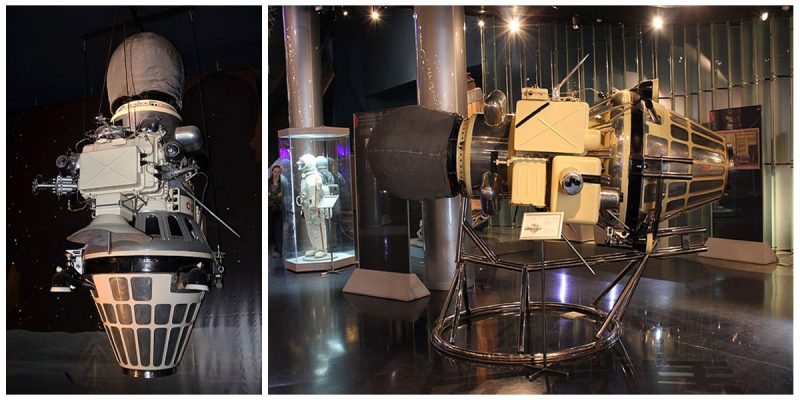Luna 9, internal designation Ye-6 No.13, was an unmanned space mission of the Soviet Union’s Luna programme. On 3 February 1966, the Luna 9 spacecraft became the first spacecraft to achieve a soft landing on the Moon, or any planetary body other than Earth, and to transmit photographic data to Earth from the surface of another planetary body.
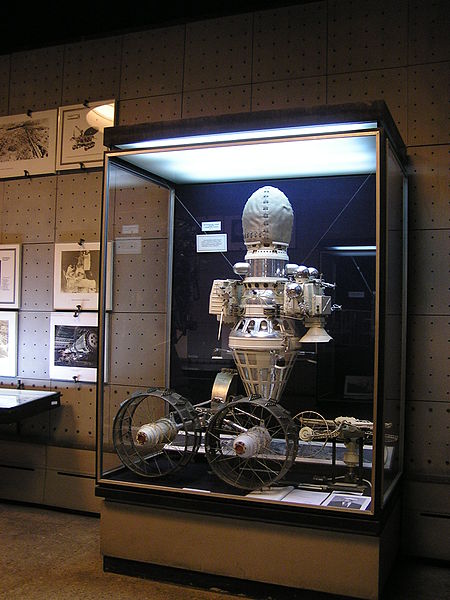
The spacecraft comprised two parts, which had a total mass of 1538 kg and stood 2.7 meters tall. The Luna 9 automatic lunar station that achieved the soft landing was a spherical body with a diameter of 58 centimeters and a mass of 99 kg. It used a landing bag to survive the impact speed of 22 kilometres per hour (6.1 m/s; 14 mph). It was a hermetically sealed container with radio equipment, a program timing device, heat control systems, scientific apparatus, power sources, and a television system.
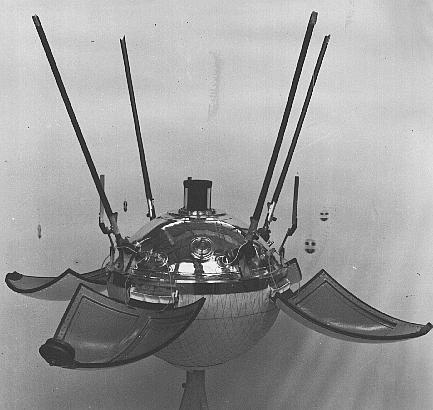
Luna 9 was launched on 31 January 1966 by a Molniya-M rocket, serial number 103-32, flying from Site 31/6 at the Baikonur Cosmodrome in the Kazakh Soviet Socialist Republic. Four antennas that automatically opened after landing were mounted on the outside of the compartment. An airbag amortization system to cushion the landing was also mounted outside the station. The entire compartment was mounted above a flight stage which held the main KTDU-5A retrorocket, four outrigger vernier rockets, a toroidal aluminum alloy fuel tank, a 90 cm diameter spherical oxidizer tank, fuel pumping system, the nitrogen tank for airbag inflation, and guidance and landing sensor equipment. This equipment included gyroscopes, electro-optical apparatus, the soft-landing radar system, and small orientation engines.
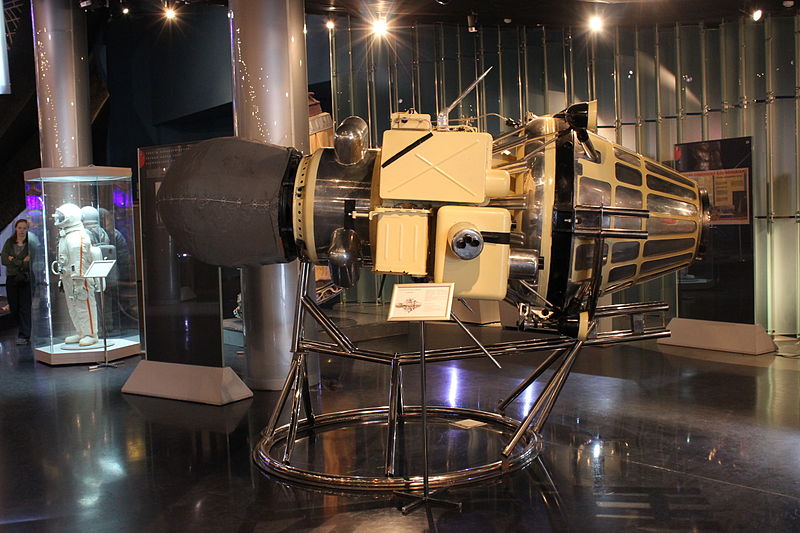
Luna 9 was the twelfth attempt at a soft-landing by the Soviet Union; it was also the first successful deep space probe built by the Lavochkin design bureau, which ultimately would design and build almost all Soviet (and later Russian) lunar and interplanetary spacecraft.
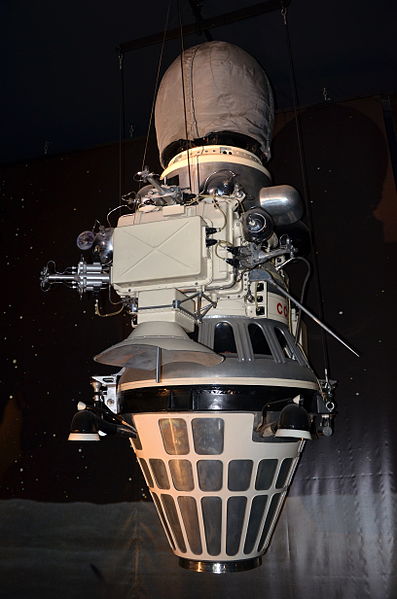
The first three stages of the four-stage carrier rocket injected the payload and fourth stage into low Earth orbit, at an altitude of 168 by 219 kilometres (104 by 136 mi) and 51.8 degrees inclination. The fourth stage, a Blok-L, then fired to raise the orbit’s perigee to a new apogee approximately 500,000 kilometres (310,000 mi), before deploying Luna 9 into a highly elliptical geocentric orbit.
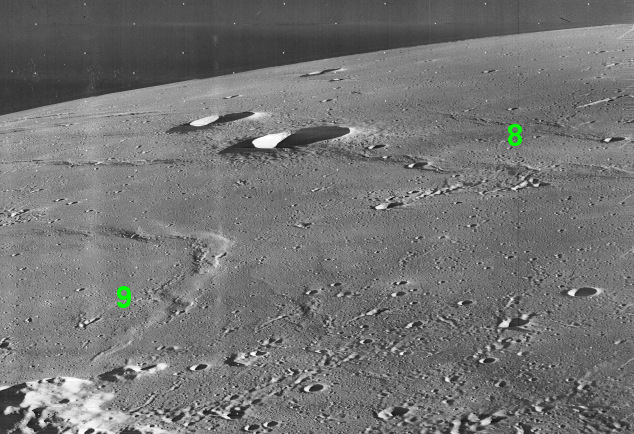
The spacecraft then spun itself up to 0.67 rpm using nitrogen jets. The television camera system began a photographic survey of the lunar environment. Seven radio sessions of 8 hours and 5 minutes, were transmitted, as well as a series of three TV pictures.
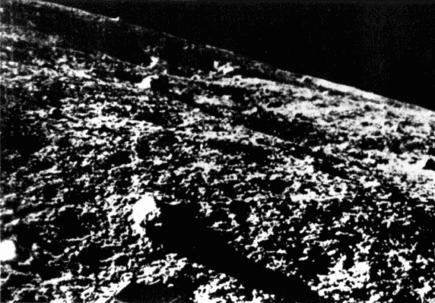
The pictures included views of nearby rocks and of the horizon 1.4 km away from the spacecraft. The pictures were not released immediately by the Soviet authorities, but scientists at Jodrell Bank Observatory in England, which was monitoring the craft, noticed that the signal format used was identical to the internationally agreed Radiofax system used by newspapers for transmitting pictures.
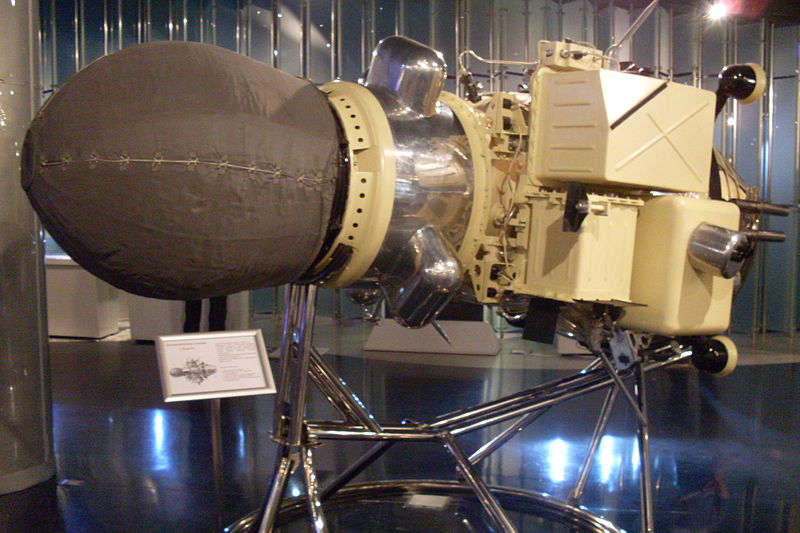
Last, contact with the spacecraft was at 22:55 UT on 6th February 1966 because its batteries ran out of power and the mission ended.
